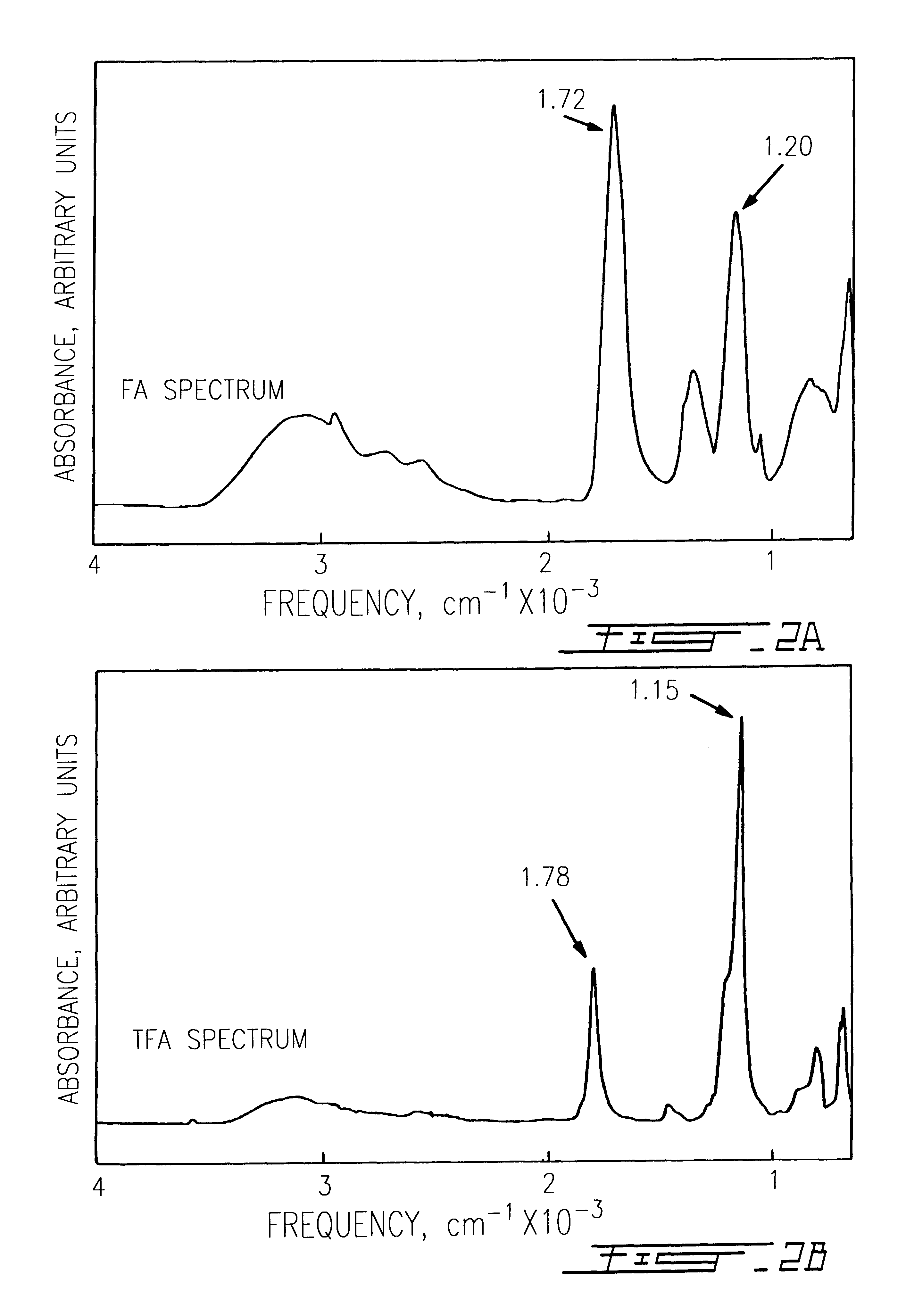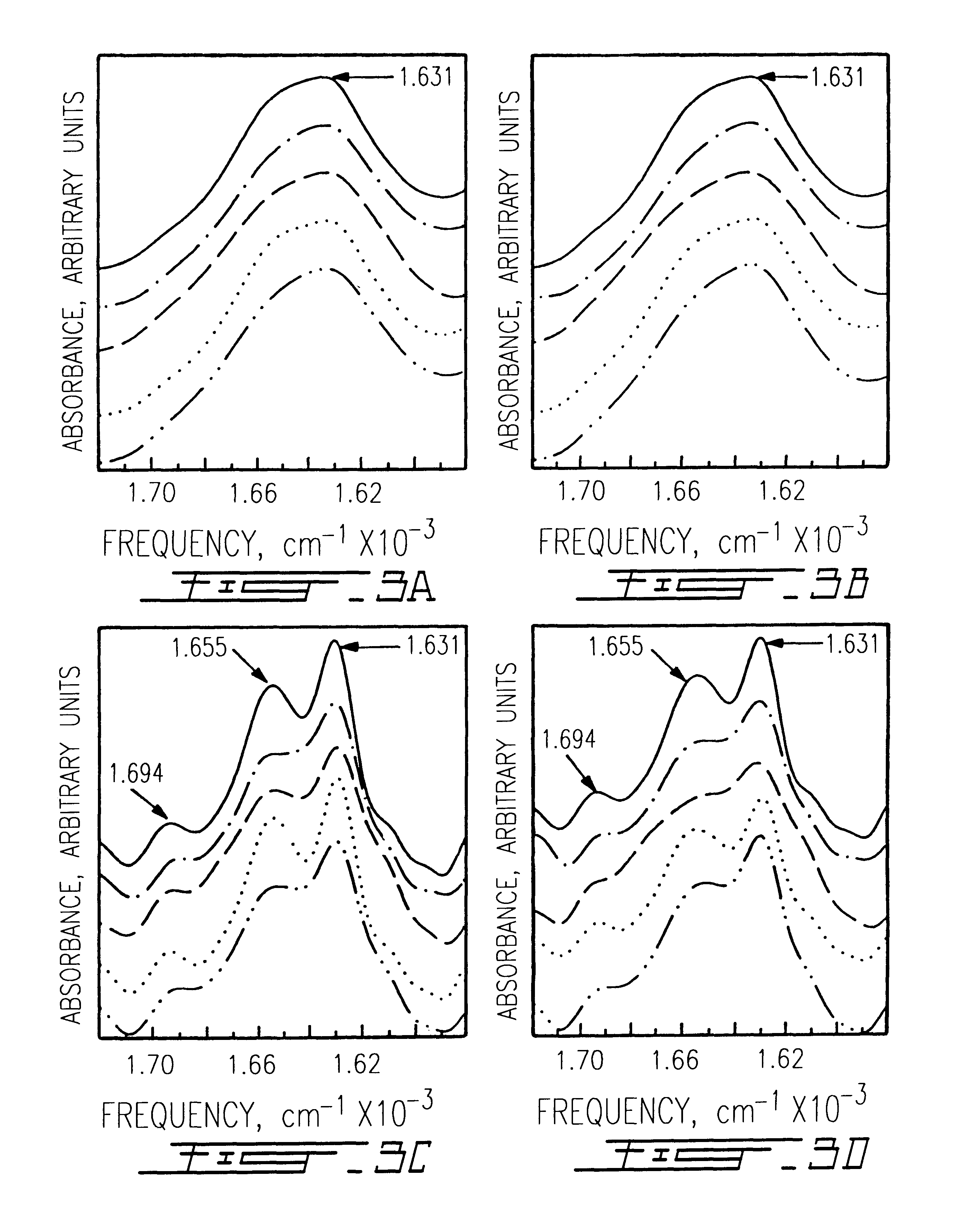Prion-free collagen and collagen-derived products and implants for multiple biomedical applications; methods of making thereof
a technology of prion-free collagen and collagen-derived products, applied in the direction of prosthesis, peptide/protein ingredients, peptides, etc., can solve the problems of complex assessment of the safety of a biological product towards prion, dna and rna are not fragmented enough to implement elimination, and naoh can be applied to collagen
- Summary
- Abstract
- Description
- Claims
- Application Information
AI Technical Summary
Benefits of technology
Problems solved by technology
Method used
Image
Examples
Embodiment Construction
Materials and Methods
Chemical Reagents
Formic acid (FA) (23.4N) was purchased from BDH Inc. (Ville St-Laurent, QC, Canada); trifluoroacetic acid (TFA) (free acid in ampuls) from Sigma Chemical Co., (St-Louis, Mich., U.S.A.); 2,2,2-Tri-fluoroethanol (99%; TFE), and 1,1,1,3,3,3-Hexafluoro-2-propanol (99%; HFIP) from Aldrich Chemical Company (Milwaukee, Wis., U.S.A.).
Specimen Preparations
Collagen was extracted from adult bovine hide by acetic acid dispersion and purified by NaCl salt precipitation to obtain a dispersion of insoluble collagen fibril bundles.sup.13-14. The periodicity of these collagen fibrils was mostly preserved as previously reported.sup.14. Collagen sponges were obtained by freeze-drying a 1% collagen dispersion (w / v collagen to water) as previously described.sup.14. Sponges were then exposed to pure FA (pH: 1), TPA (pH: 1), TFE (pH: 5), and HPIP (pH: 4.5-5) for different periods, according to the methodology described by Safar et al..sup.11. Vacuum dried specimens we...
PUM
| Property | Measurement | Unit |
|---|---|---|
| Temperature | aaaaa | aaaaa |
| Time | aaaaa | aaaaa |
| Time | aaaaa | aaaaa |
Abstract
Description
Claims
Application Information
 Login to View More
Login to View More - R&D
- Intellectual Property
- Life Sciences
- Materials
- Tech Scout
- Unparalleled Data Quality
- Higher Quality Content
- 60% Fewer Hallucinations
Browse by: Latest US Patents, China's latest patents, Technical Efficacy Thesaurus, Application Domain, Technology Topic, Popular Technical Reports.
© 2025 PatSnap. All rights reserved.Legal|Privacy policy|Modern Slavery Act Transparency Statement|Sitemap|About US| Contact US: help@patsnap.com



